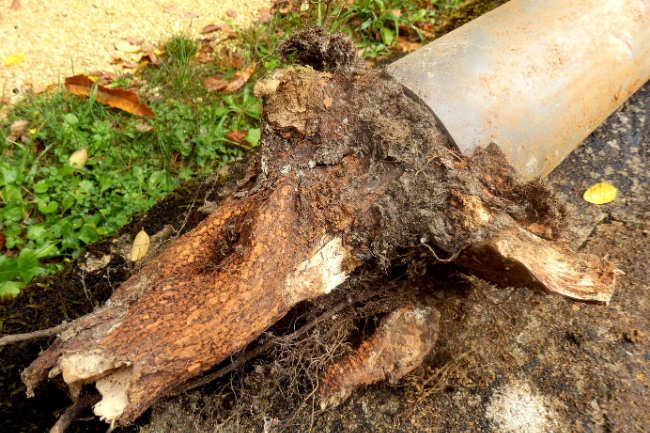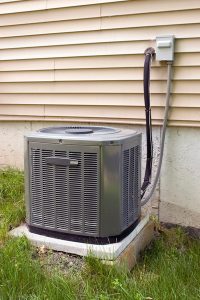Expert Guide on Choosing the Perfect Toilet for Your Bathroom Renovation
Are you planning to renovate your bathroom and looking for the perfect toilet to complete the space? With so many different styles, types, and features available, choosing the right toilet may seem like a daunting task. However, with a little guidance and understanding of the essential factors to consider, you can make an informed decision that matches your bathroom’s design, functional requirements, and eco-friendly goals. In this article, we will outline essential tips on selecting the ideal toilet for your bathroom renovation, discuss the various types of toilets available, and explain how our skilled team at The Irish Plumber can support your toilet installation and replacement needs.
A toilet may seem like a simple fixture in your bathroom, but choosing the right one can greatly impact the functionality, aesthetics, and sustainability of your space. The process of selecting a toilet should involve careful consideration of factors such as size, style, water efficiency, and flushing mechanism, as well as personal preferences and budget limitations. By understanding the advantages and drawbacks of various toilet types, you can make an informed decision that aligns with your renovation goals and contributes to creating a comfortable and stylish bathroom.
Read on to discover expert advice on choosing the perfect toilet for your bathroom renovation and learn how our experienced professionals at The Irish Plumber can help with installations and replacements to transform your bathroom into the oasis you’ve always dreamed of.
Understanding Toilet Styles and Types
When selecting a toilet for your bathroom renovation, it’s essential first to familiarize yourself with the different styles and types available. The most common toilet styles include:
- Two-Piece Toilets: These toilets consist of a separate tank and bowl that are bolted together during installation. Two-piece toilets are typically more affordable and easier to find replacement parts for, but they may be harder to clean due to the seam between the tank and bowl.
- One-Piece Toilets: These toilets feature a seamless design with the tank and bowl constructed as one unit, making them easier to clean and maintain. However, one-piece toilets tend to be pricier than their two-piece counterparts.
- Wall-Mounted Toilets: These space-saving toilets are mounted to the wall, with the tank and plumbing concealed behind the wall. Wall-mounted toilets offer a sleek, modern look, but their installation can be more complex and costly compared to traditional floor-mounted toilets.
Assessing Flushing Mechanisms
The flushing mechanism is another crucial factor to consider when choosing a toilet. The most common types of flushing systems include:
- Gravity-Feed Flush: This traditional flushing system relies on gravity and water pressure, making it a simple and low-maintenance option.
- Pressure-Assisted Flush: This system uses air pressure to forcefully push water into the bowl, resulting in a powerful and efficient flush. However, pressure-assisted toilets can be louder and more expensive than gravity-feed toilets.
- Dual-Flush Toilets: These environmentally friendly toilets offer two flush options – a full flush for solid waste and a half flush for liquid waste. Dual-flush toilets help conserve water, making them an excellent choice for eco-conscious homeowners.
Considering Size and Rough-In Dimensions
Before buying a toilet for your bathroom renovation, it’s essential to measure the available space and determine the appropriate rough-in dimensions. The rough-in is the distance from the wall to the centre of the toilet’s drainpipe. The most common rough-in dimension is 12 inches, but 10- and 14-inch options are also available.
Ensure there is adequate space in front of and on either side of the toilet to meet local building codes and provide comfortable access for users. Additionally, consider the height of the toilet bowl, as standard height toilets (15-17 inches) and comfort height toilets (17-19 inches) are available, catering to different preferences and accessibility requirements.
Budgeting and Water Efficiency
Your budget and desire for water efficiency will also influence the type of toilet you choose for your bathroom renovation. High-efficiency toilets (HETs) use less water per flush and can save you money on your water bills over time. Furthermore, some models may qualify for rebates or incentives from local utility providers.
While eco-friendly and high-efficiency toilets are generally pricier than traditional models, investing in a water-saving toilet can reduce your environmental impact and provide long-term cost savings. Additionally, explore options with the WaterSense label, which indicates that a toilet meets the Environmental Protection Agency (EPA) criteria for water efficiency and performance.
The Irish Plumber’s Toilet Installation and Replacement Services
Once you’ve selected the perfect toilet for your bathroom renovation, it’s essential to ensure proper installation or replacement. At The Irish Plumber, our team of skilled professionals offers comprehensive toilet installation and replacement services. Whether you’re upgrading an old toilet or installing a new one, our team will ensure that your fixture is installed correctly, complies with local building codes, and functions optimally. Our services include:
- Toilet Removal and Disposal: If you’re replacing an existing toilet, our team will carefully remove and dispose of the old fixture in an environmentally responsible manner.
- Proper Sealing and Connections: Our technicians will ensure that the toilet is securely fastened to the floor, sealed correctly to prevent leaks, and connected to the plumbing system with proper fittings.
- Flange Repair and Replacement: If necessary, our team will repair or replace the toilet flange – the component that connects the toilet to the drainpipe – to prevent leakage and ensure a secure connection.
Conclusion
Choosing the right toilet for your bathroom renovation is essential for creating a comfortable, stylish, and functional space. By considering factors such as style, flushing mechanism, size, rough-in dimensions, budget, and water efficiency, you can make an informed decision that aligns with your renovation goals and preferences. Trust our experienced Ottawa plumbers at The Irish Plumber to assist with the installation and replacement process, ensuring a seamless and professional transformation of your bathroom.









